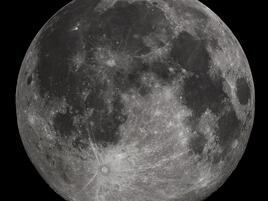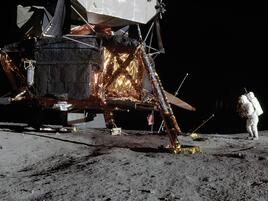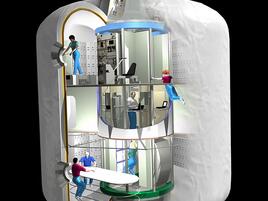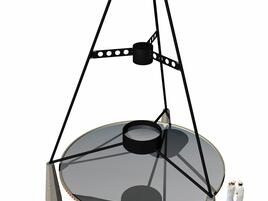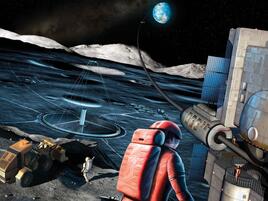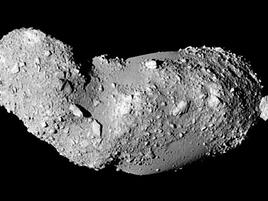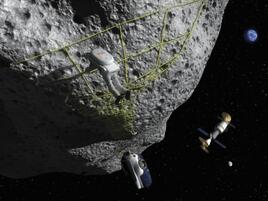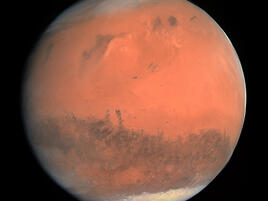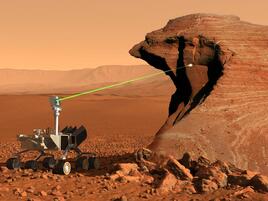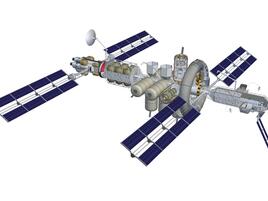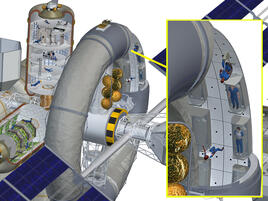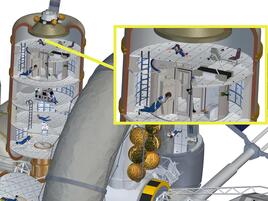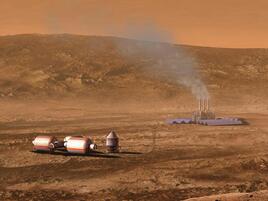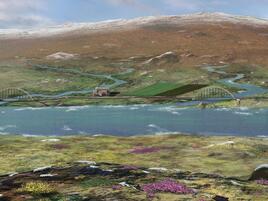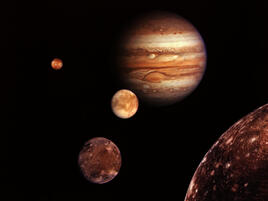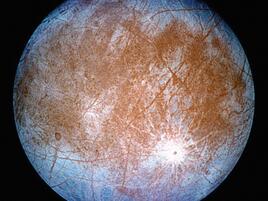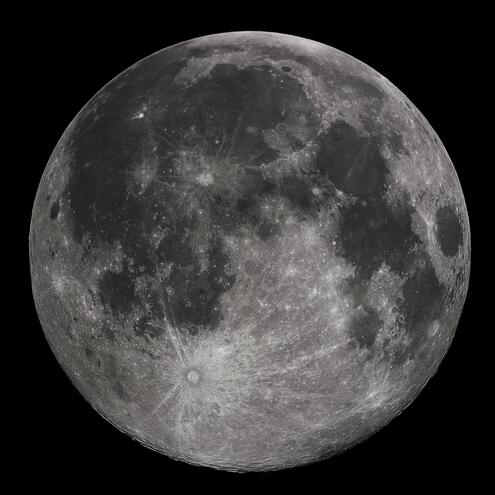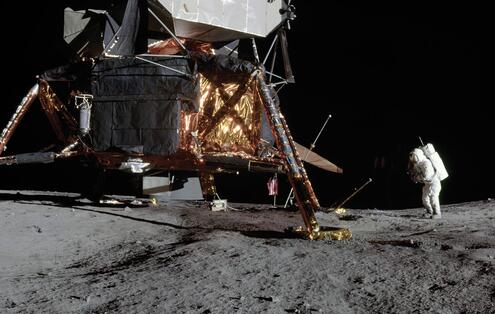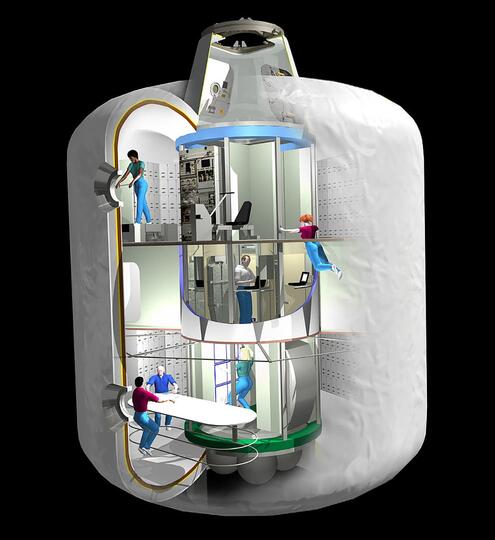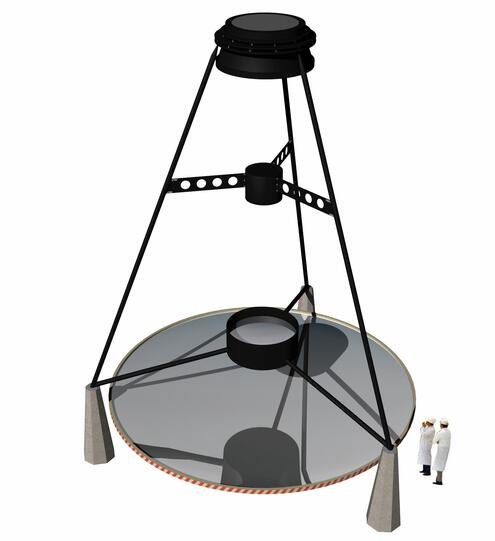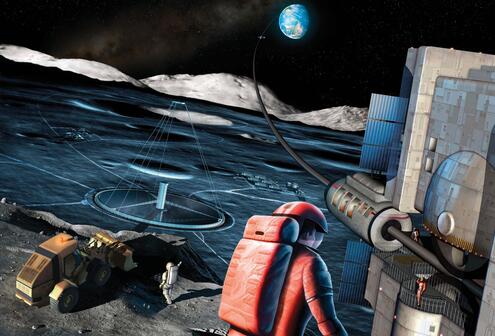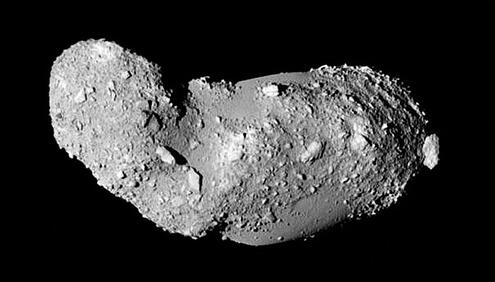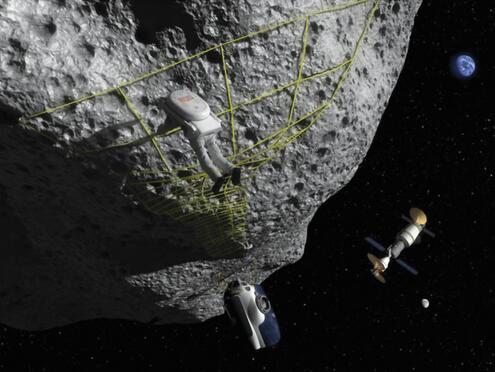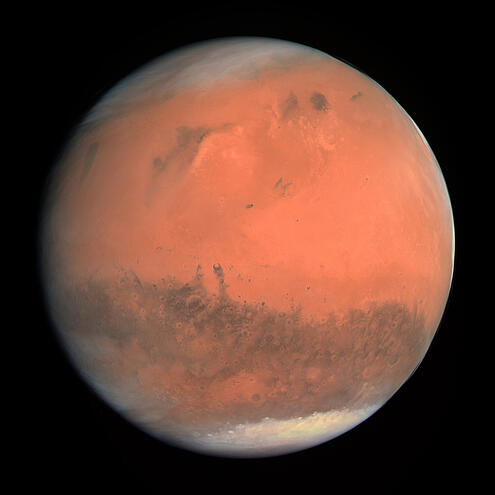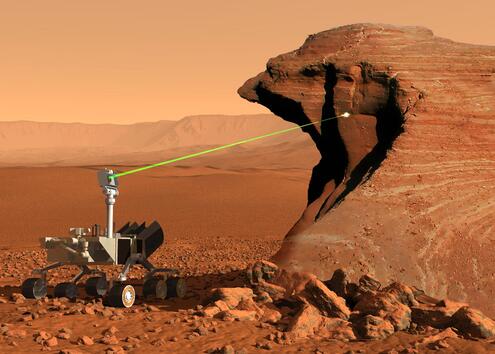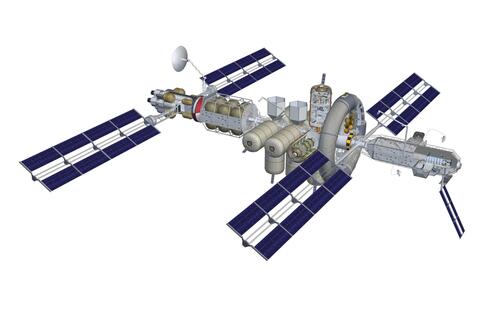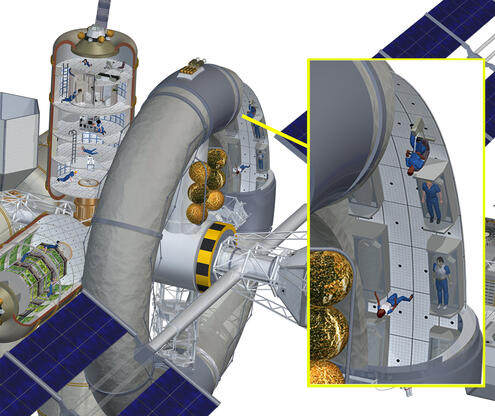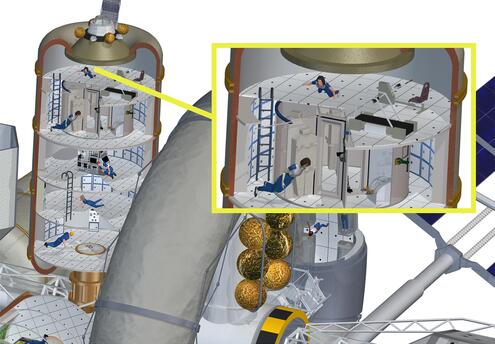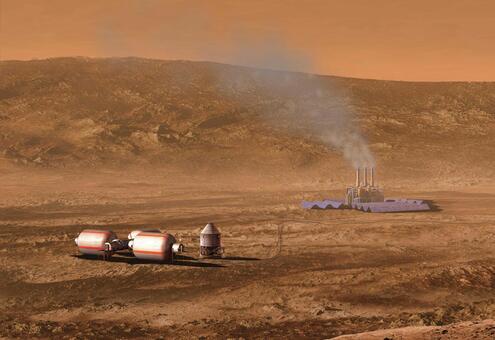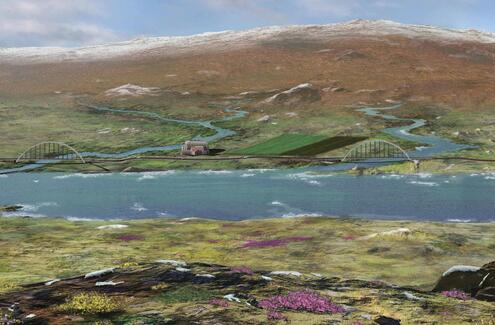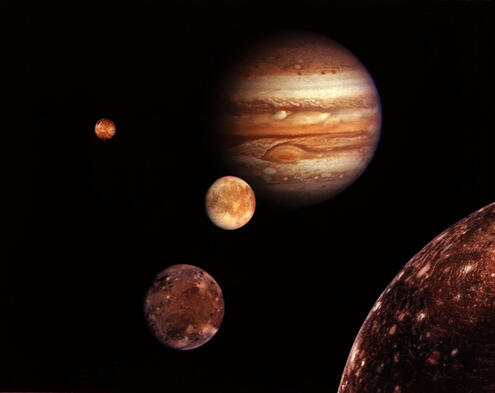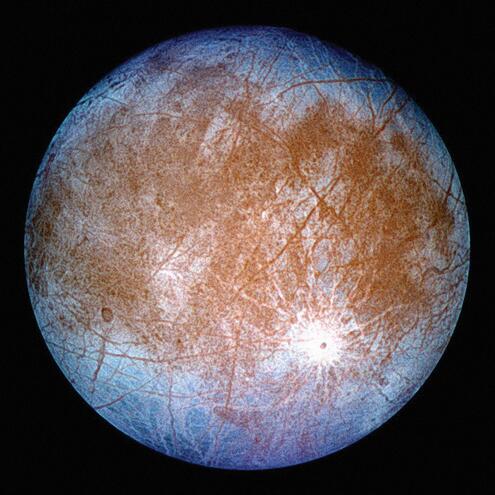
BEYOND PLANET EARTH

Hi, I'm Mike Shara , an astrophysicist at the American Museum of Natural History.
Let's take a look at some of the places that humans might go someday, and the questions that scientists are asking.

Hi, I'm Mike Shara , an astrophysicist at the American Museum of Natural History.
Let's take a look at some of the places that humans might go someday, and the questions that scientists are asking.
Image Credits:
background: spaceship vector silhouette, Space Shuttle, Bob Comix CC BY 4.0; rocket, satellite, Natasha Sinegina CC BY 4.0; Mike Shara, © AMNH; full moon, Gregory H. Revera CC BY-SA 3.0; Man on Moon, NASA; Transit Expandable Habitat, ©NASA; liquid mirror telescope illustration, courtesy of P.Hickson/University of British Columbia; Lunar elevator, ©AMNH; Aseroid Itokawa, © ISAS, JAXA via apod.nasa.gov; anchoring to surface of an asteroid, courtesy of NASA; Mars, ESA & MPS for OSIRIS Team MPS/UPD/LAM/IAA/RSSD/INTA/UPM/DASP/IDA, CC BY-SA 3.0; Curiosity, © NASA; Nautilus-X spacecraft , © John Whitesel; Nautilus-X spacecraft w/inset of sleeping compartments , © John Whitesel; Nautilus-X spacecraft w/inset of exercise room, © John Whitesel; terraforming Mars, © Steven Hobbs; transforming Mars into Earthlike planet, courtesy of NASA; Jupiter family, NASA/JP; Europa, NASA.




 Biodiversity
Biodiversity
 Brain
Brain
 Genetics
Genetics
 Marine BiOLogy
Marine BiOLogy
 MicrobiOLogy
MicrobiOLogy
 PaleontOLogy
PaleontOLogy
 ZoOLogy
ZoOLogy
 AnthropOLogy
AnthropOLogy
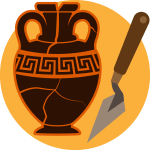 ArchaeOLogy
ArchaeOLogy
 Astronomy
Astronomy
 Climate Change
Climate Change
 Earth
Earth
 Physics
Physics
 Water
Water

